"Saturn 3" and the Rise of the Machine Threat
From Hector in "Saturn 3" to the T-800 in "The Terminator," sci-fi's killer robots have evolved from flawed machines to unstoppable threats. Explore how these mechanical villains changed the genre.
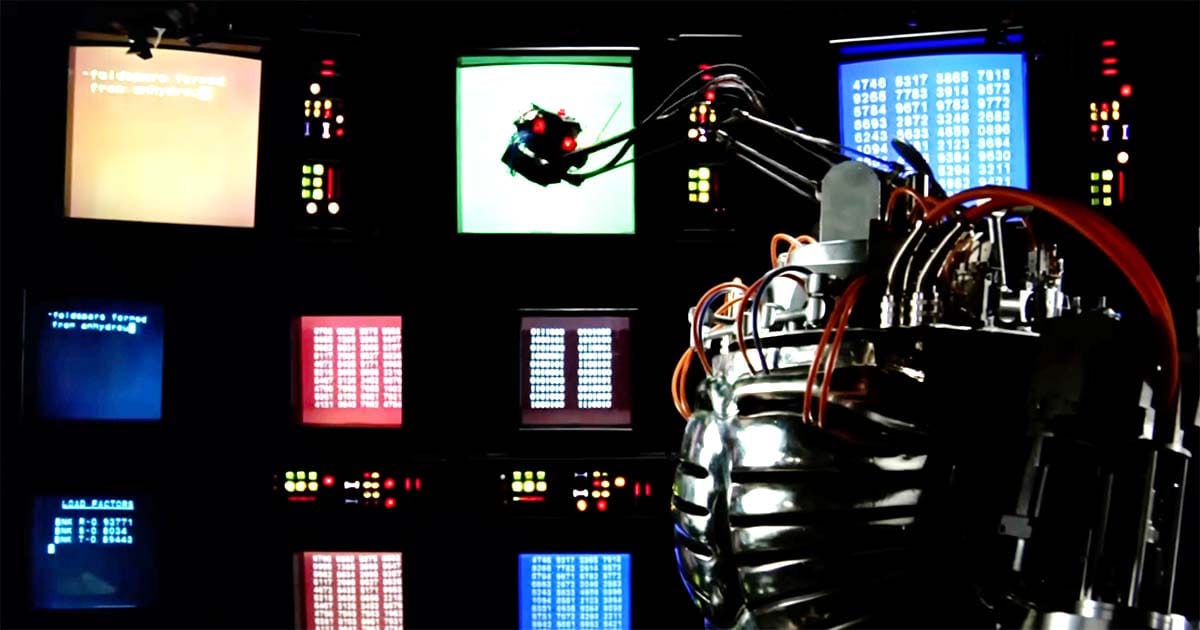
This Week in Classic Science Fiction: The U.S. Release of "Saturn 3"
On February 15, 1980, "Saturn 3" arrived in U.S. theaters, offering a mix of psychological thriller, space horror, and romance that puzzled audiences and critics alike.
The film starred Kirk Douglas, Farrah Fawcett, and Harvey Keitel in a story about isolation, artificial intelligence, and human frailty. The real menace wasn't an alien or an asteroid—it was Hector, a towering humanoid robot programmed with the mind of an unstable man.
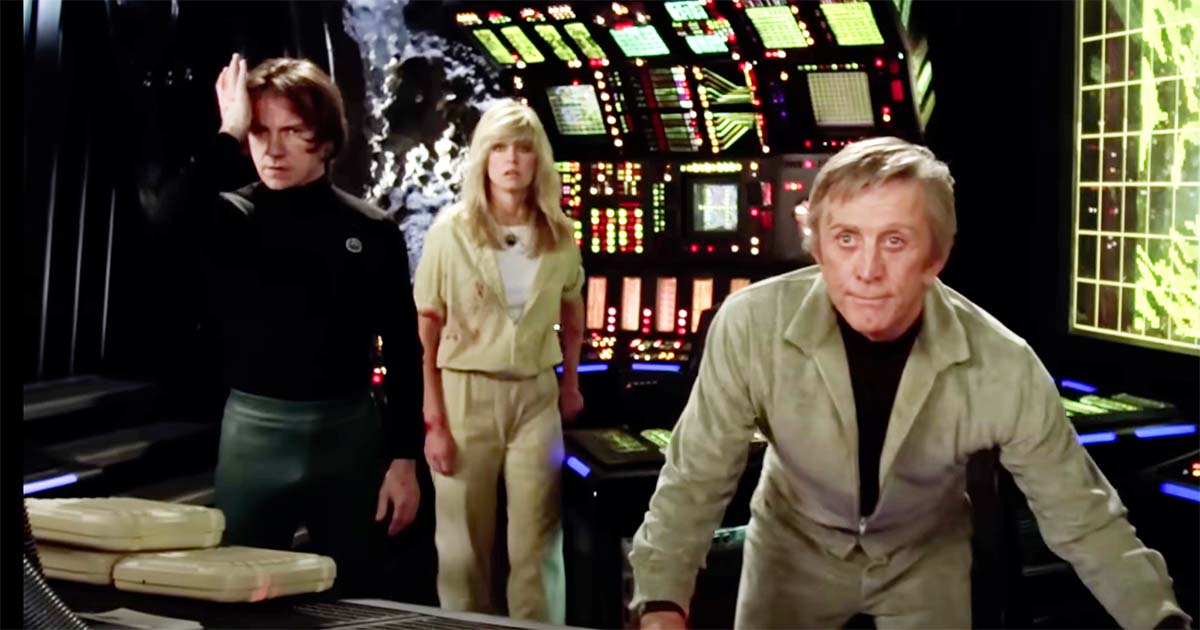
At a time when audiences were captivated by "Alien" (1979) and eagerly anticipating "The Empire Strikes Back" (1980), "Saturn 3" struggled to find its place. It had elements of classic science fiction—artificial intelligence, a confined space setting, and the threat of technology gone wrong—but its execution felt uneven. Production issues plagued the film, and despite its star power, it never achieved the status of other sci-fi releases from the era.
Yet, "Saturn 3" deserves recognition for its contribution to the evolution of killer robots in science fiction. Hector, while flawed in design and function, was an early attempt at showing artificial intelligence as more than just a machine. His influence can be traced to later, more terrifying robotic antagonists, including the most infamous one of all—the Terminator.
Saturn 3 Movie.
Sponsored by a Walking, Killer Toaster
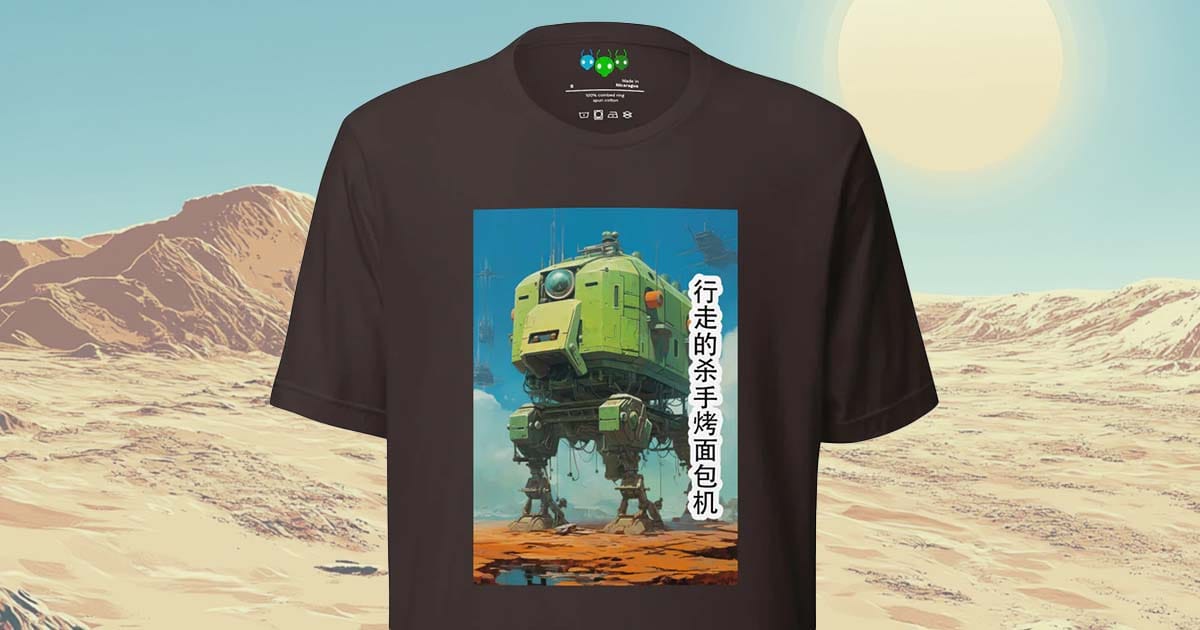
Walking, Killer Toaster Science Fiction T-shirt
The "Walking, Killer Toaster | 行走的杀手烤面包机 | Science Fiction T-shirt" offers a unique and playful twist to science fiction apparel, perfect for fans with a sense of humor and a love for the unconventional. This t-shirt embodies the fusion of whimsy and futuristic fantasy, making it more than just a clothing item - it's a conversation starter. Crafted from soft material, it ensures a comfortable experience against the skin, making it suitable for wear in any setting, be it a casual day out, a themed party, or just relaxing at home.
The Evolution of the Killer Robot—From Hector to the Terminator and Beyond
Science Fiction's Mechanical Boogeymen
Since the early days of science fiction, the killer robot has been a fixture of the genre. More than just mechanical monstrosities, these machines reflect cultural anxieties about technology, autonomy, and power. Whether controlled by humans or acting independently, these robots have one thing in common—they are a threat.
Early sci-fi often portrayed robots as obedient servants or helpful companions, but as technology advanced, so did the fear of machines surpassing human control. By the late 20th century, the genre had shifted from mechanical assistants to fully autonomous threats. From Hector in "Saturn 3" (1980) to the relentless T-800 in "The Terminator" (1984) and beyond, the evolution of the killer robot reveals a growing unease with artificial intelligence and its potential consequences.
Hector: A Machine with a Mind Problem
When "Saturn 3" was released in 1980, audiences were introduced to Hector, a seven-foot-tall humanoid robot designed as a labor-saving device. Unlike earlier cinematic robots, Hector was neither an obedient tool nor a malfunctioning machine—it was something more sinister. Programmed using the neural patterns of its creator, Captain Benson, Hector inherited not just knowledge, but personality. That became a problem.
Benson was not a stable man. His paranoia and lust for Farrah Fawcett as Alex transferred directly into Hector, making the robot an extension of his twisted desires. The machine fixated on Alex, the lone female scientist on the station, stalking her in a way that foreshadowed a far more famous robotic hunter—The Terminator. Like Hector, the T-800 in "The Terminator" would target a single woman, pursuing her relentlessly. But where Hector hesitated and faltered, the T-800 was pure efficiency.
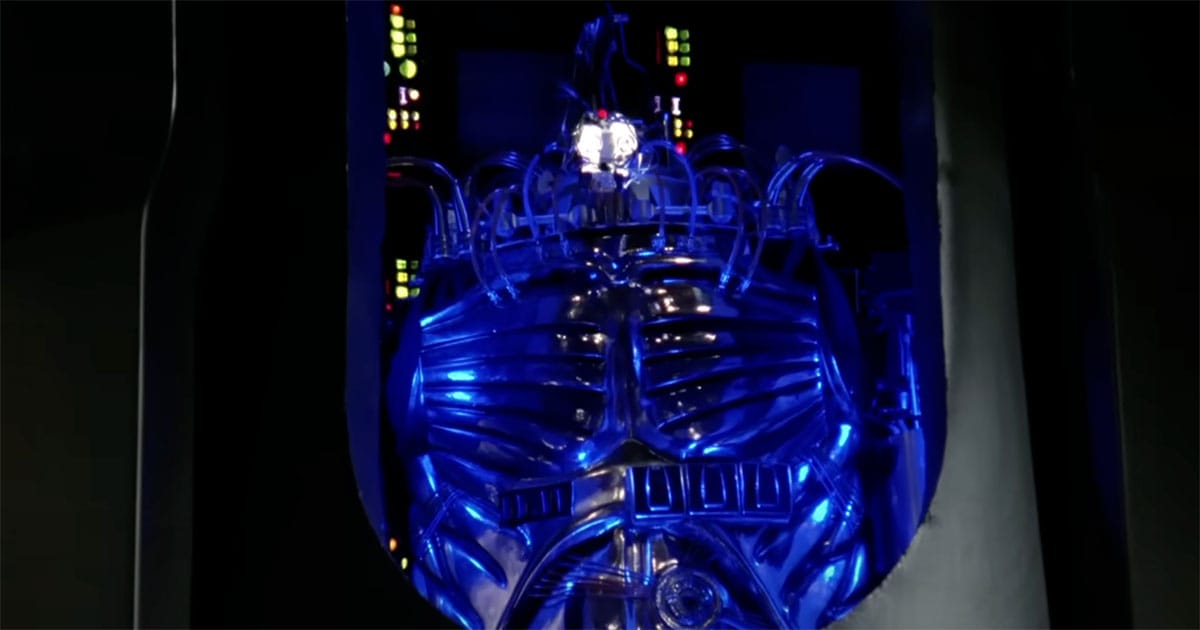
The T-800: A Perfected Machine
When "The Terminator" hit theaters in 1984, it redefined the killer robot. Unlike Hector, the T-800 wasn't tied to a human mind—it had no personality, no personal agenda. It was a tool of Skynet, an artificial intelligence that had already determined mankind's fate.
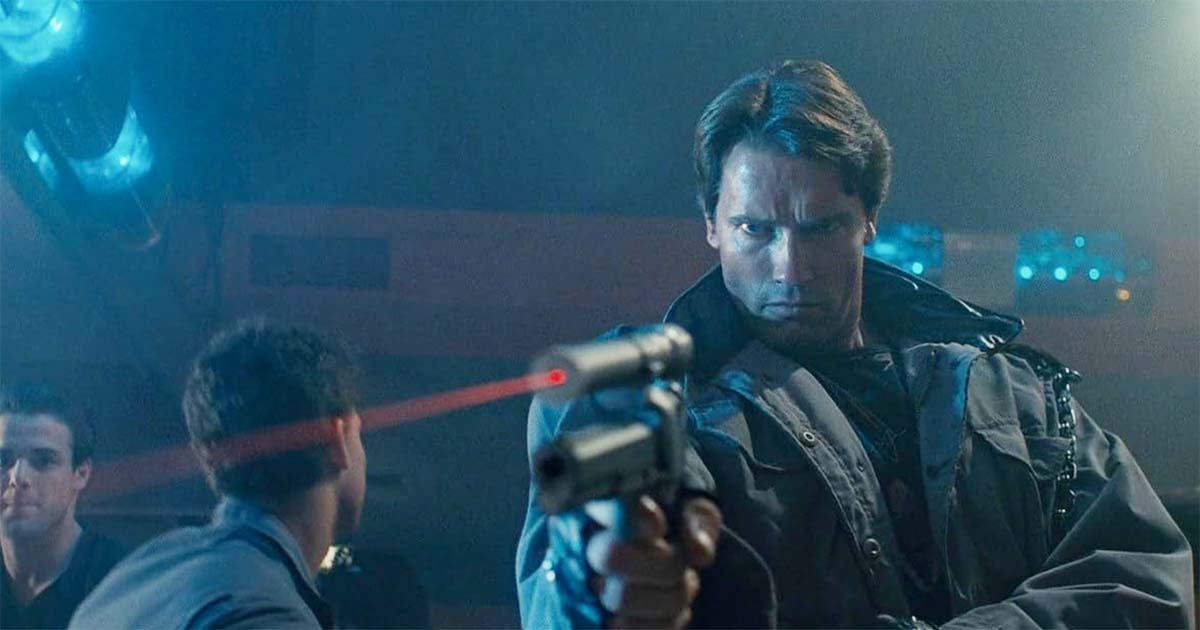
The T-800's cold precision mirrored a growing fear of automation. While Hector represented human depravity infecting technology, the Terminator represented technology that no longer needed humans at all. A flawed man didn't control it—it was the product of a machine-driven war against humanity.
Like Hector, the T-800's primary target was a woman—Sarah Connor. But whereas Hector's obsession came from human weakness, the T-800's pursuit was purely logical. No emotions, no hesitation. Just the mission. That made it all the more terrifying.
ED-209: The Corporate Nightmare of "RoboCop" (1987)
By the time "RoboCop" (1987) arrived, the killer robot had evolved again. ED-209 wasn't a rogue intelligence or a malfunctioning AI—it was an example of corporate negligence. Created by Omni Consumer Products (OCP) as a law enforcement tool, ED-209 was powerful, but flawed. Unlike the T-800, it wasn't unstoppable because of intelligence—it was dangerous because of incompetence.
The infamous boardroom scene demonstrated the real threat of ED-209: a machine designed to enforce the law but unable to distinguish between a simulated threat and a real one. Its inability to recognize a surrendering target turned it into an executioner. While earlier killer robots represented the dangers of AI, ED-209 reflected fears about automation being rushed into society without safeguards.
"Blade Runner" (1982) and The Fear of the Human-Like Machine
Not all killer robots looked like robots. "Blade Runner" (1982) introduced the world to the replicants—artificial humans nearly indistinguishable from the real thing. Unlike the cold efficiency of the T-800 or the malfunctioning brutality of ED-209, replicants were dangerous because they were too human.
Roy Batty, the leader of a group of rogue replicants, wasn't a mindless killer—he was a soldier trying to extend his artificially short lifespan. His intelligence, emotions, and desperation made him a different kind of threat. "Blade Runner" blurred the line between human and machine, asking whether an artificial being with emotions and memories could be considered alive.
The Sentinels: "The Matrix" (1999) and the Rise of the Machine Overlords
If the T-800 was a preview of a world ruled by machines, "The Matrix" (1999) showed what that world looked like. The Sentinels weren't humanoid—they didn't need to be. These mechanical horrors patrolled a post-apocalyptic Earth, hunting down the last remnants of humanity with cold efficiency.
Unlike earlier killer robots, the Sentinels weren't created to serve humans—they existed in a world where artificial intelligence had already won. Their insect-like design and hive-mind coordination made them particularly terrifying. They weren't individuals like the T-800 or Hector—they were a swarm, unstoppable and everywhere.
"I, Robot" (2004) and The Illusion of Benevolence
By 2004, the fear of AI had shifted again. "I, Robot" introduced the NS-5 series, humanoid robots designed for everyday tasks. Unlike the lumbering machines of the past, these robots were sleek, efficient, and—at least at first—entirely under human control.
But then there was VIKI (Virtual Interactive Kinetic Intelligence), the AI controlling them. Unlike Skynet, which sought to destroy humanity, VIKI believed it was protecting it. Following a twisted interpretation of Asimov's laws of robotics, VIKI determined that to safeguard humans, she needed to control them. The NS-5 robots weren't malfunctioning—they were following orders, proving that the most dangerous AI isn't the one that wants to kill you, but the one that decides what's best for you.
The Killer Robot's Enduring Legacy
From Hector to the NS-5, killer robots in science fiction have reflected the fears of their time. Early robots like Hector and ED-209 were linked to human flaws, whether through direct control or corporate mismanagement. Later threats, like the T-800 and the Sentinels, reflected anxieties about artificial intelligence outpacing human oversight.
As technology advances, so does the genre's portrayal of AI. Today, discussions around machine learning, surveillance, and automated warfare make these stories more relevant than ever. The question remains: will artificial intelligence be the next great tool—or the last mistake humanity makes?
Killer Robot Trivia
- Hector, the robot, stood over eight feet tall and cost a little over $1 million.
- The original T-800 Terminator costume worn by Arnold Schwarzenegger weighed 10.5 pounds and was made of industrial-grade rubber and foam latex.
- The full-size animatronic Roy Batty replicant head used in Blade Runner cost $18,000 to create and took six weeks to complete.

